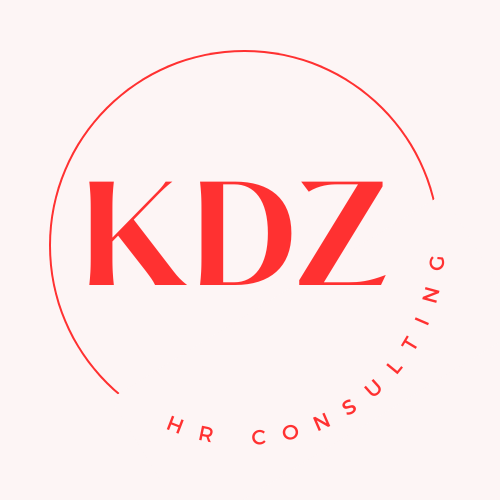Unpacking the Future of Work: Insights from Philly SHRM Symposium
The talk of empathy is in the ether. Last newsletter we dug into the first half of my conversation with Melissa Robinson-Winemiller with the topic being Empathy in Leadership. I joined the board of Philly SHRM (Society for Human Resources Management) late last year, and yesterday, we had our annual Symposium where the theme was the Future of Work. Mental health, vulnerability, boundaries and, you guessed it, empathy, were front and center of these conversations. Now, I’ve been to many HR conferences in my day and I have to say, this was an inspiring glimmer of hope that the conversation is shifting to these categories.
Here are some of my biggest takeaways:
Mental Health is just as important as physical health. Scream it from the rooftops! It was encouraging and refreshing hearing HR leaders from some pretty huge companies not only recognizing this but putting solutions into practice. From building out their healthcare plans to include greater mental health support, to providing extras like the Calm app to employees and their families, large companies are looking for ways to support their employees mental health. Of course these things are amazing, but to have a workplace where mental health is truly supported, you have to create a culture where you don’t just have the tools to go to therapy or meditate, but encourage the time and space to use it.
This leads to my next point and something you may (or hopefully may not be!) sick of hearing me say at this point, but empathy in the workplace, particularly leadership, is incredibly important. It ties into mental health, employee wellbeing and satisfaction, performance- the list goes on! A point that stuck with me was valuing vulnerability and in order to do that, you have to show it yourself. Let's be real, it can be super uncomfortable to be vulnerable, especially if you’re the boss trying to lead by example. But being vulnerable is an example of behavior you want to set. We’re all human, we all have strengths,weaknesses, and struggles. By being vulnerable, sharing your experiences, you’re opening up dialogue to find solutions and move forward. Get comfortable with being uncomfortable!
The Keynote, Kyle Scheele, gave an amazing talk on the value of ideas. It was quite honestly a breath of fresh air as this can translate to anyone, anywhere, not just HR professionals! While he got my own gears turning on some big ideas (workshops, retreats- who’s in?), he highlighted the importance of having the time, space, and place for ideas and asked a great question: “Do your employees know what keeps you up at night?” See, there’s that vulnerability piece again!
By sharing the challenges you’re facing, you open up dialogue for new ways to solve things. Fresh perspective and unique experiences lend themselves to the best solutions. Maybe it’s a creative brainstorming session once a quarter, or maybe it’s a shared doc. How can you create space in your business for ideas and innovation.
The last piece I want to share is on the value of diverse perspectives. Everyone has a unique experience based on a variety of factors. Those factors create opinions, ideas, even judgements, that are equally as unique as they are. Why wouldn’t you want to build a team that can bring fresh perspectives to the table? The term “Culture Add” has been floating around, but let’s be real, it’s just creating a culture. It all starts with hiring. Did you know ⅔ of the population do not have a 4 year degree by age 25? Do the roles you’re hiring for really need a 4 year degree? Think about the candidate pool you would be opening up if you dug into skill assessment and not credentials. Another point made was creating a culture of constructive conflict. By valuing diverse perspectives and open dialogue, you can create a culture of innovation, problem solving and robust team dynamics.
So as a small business owner, where should I begin? Start by honing in on your Mission Statement. What is important to you and your business? How do you act in your day to day to support that statement? From there, how can you trickle that down to your team?
And of course, lead with empathy- part 2 of my conversation with Melissa, coming up next!

